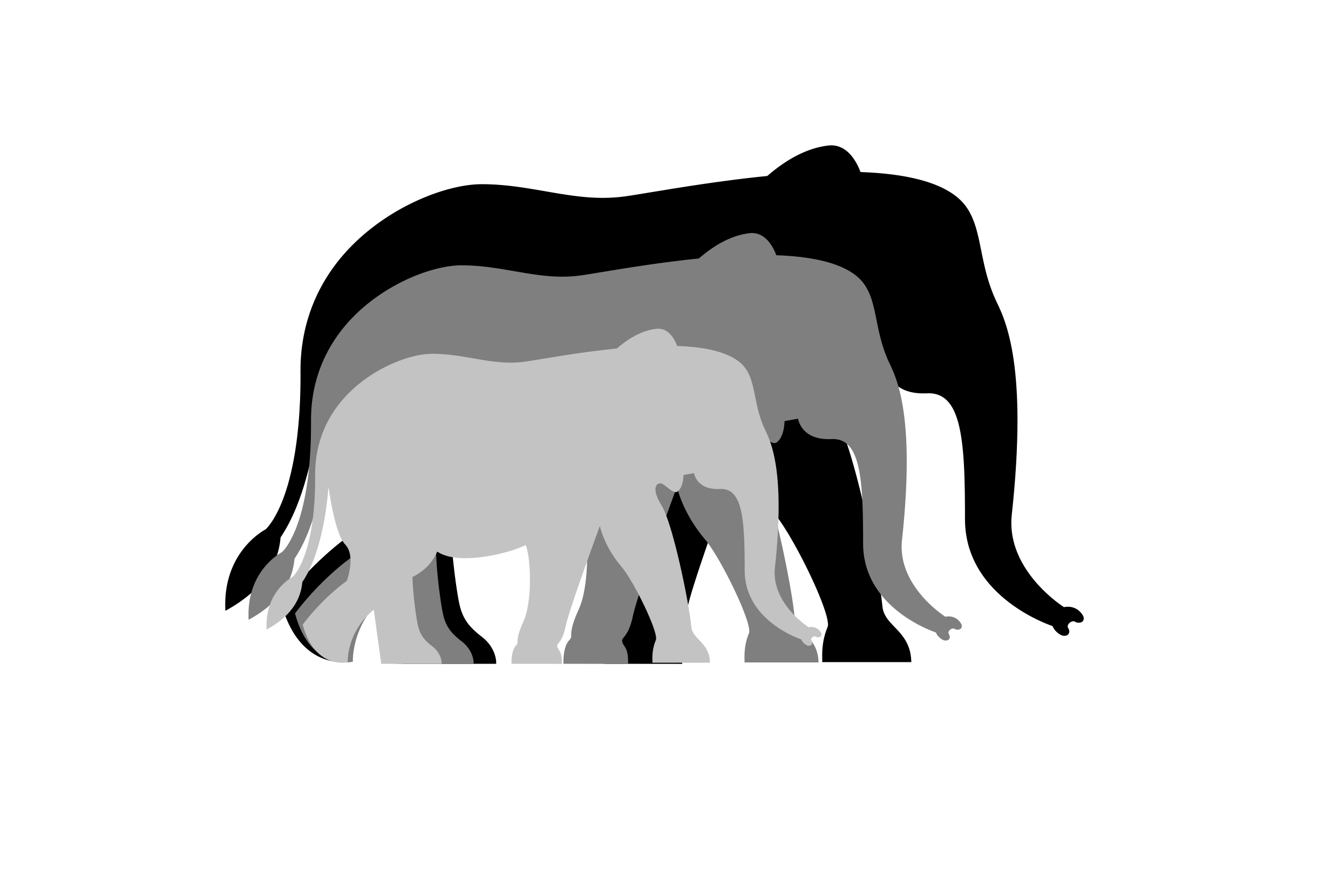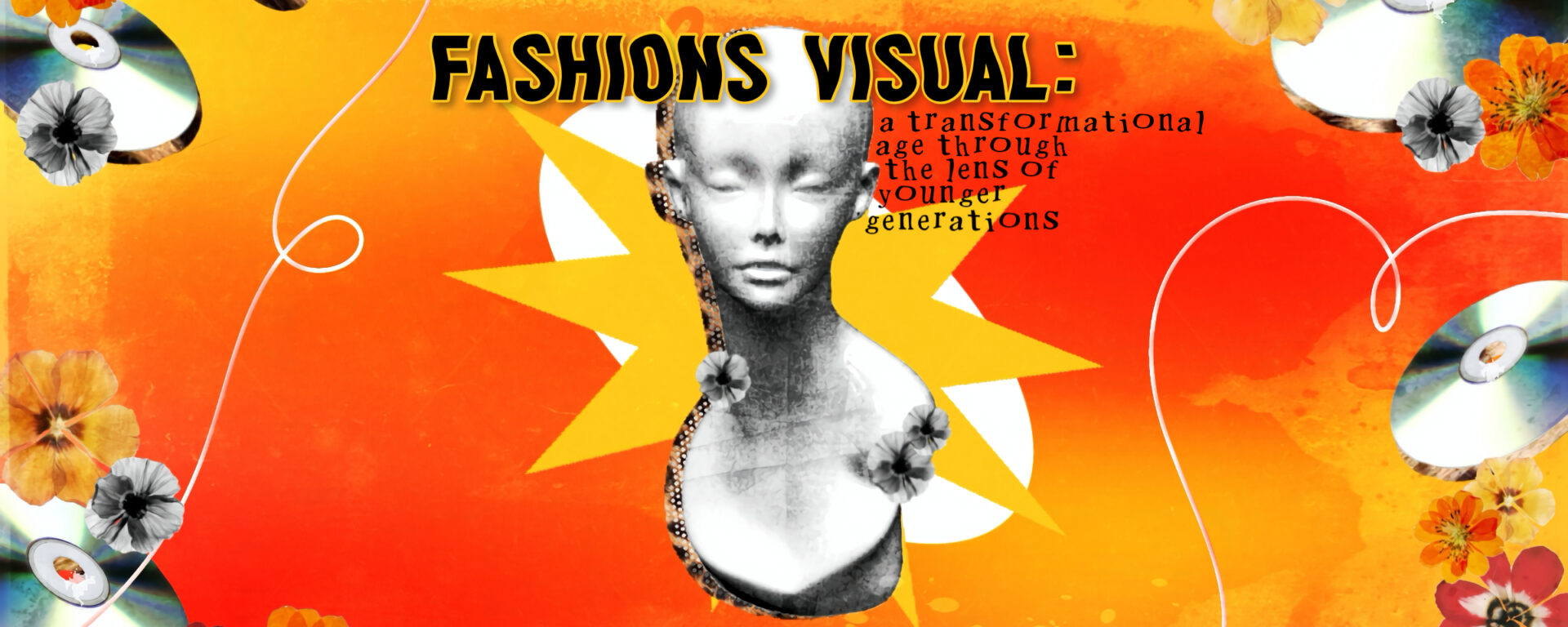For centuries fashion has been the epitome of self-expression, evolving from fitted gowns and tailored suits to more sharp-cut jeans and printed shirts; it has also become a vessel for social change. Years ago people experimented with different patterned clothes and motifs to fit their inner persona, whether that meant rebellion in the form of a darkened maroon jacket and matching with a pair of metallic leather boots, or perhaps a lilac flowy slip dress for a more serene and luxurious evening. And in recent times, in the peak of the so-called ‘aesthetic’ era younger generations incorporate what the ages before us have to offer by sustainably picking what relates to us and producing something intimate, something customized.
The sense of evoking nostalgia is now commonly associated with fashion, by not only carrying authenticity, but also generating a modernized take on simpler items like how the world is experiencing resurgence of analog cameras. Longing for the thrill of ingenuity in styles, the youth, like me, resort to manufacturing their own themes. By amalgamating the cargos sitting in the corner of our mom’s closet from the ‘90’s, and the box filled with antiques of the swinging sixties that grandma left behind (RIP Grandma), we can come up with a look defying the contemporary nature of ‘fast fashion’ for an original experience.
Kindling a reconnection to the past for a cultured taste, I comprehend that newer generations connect over the uncertainty of economy and trends by returning to the familiarized visual appeal of old-money. With celebrities sporting old-money brands like Ralph Lauren, Hermes, and Dior, Gen Z takes on by sustainable reuse of items by introducing thrifting once again, this time on a larger scale, fishing for valuable heirlooms from such brands. This aesthetic not only offers an exclusive style, but adopts heritage into the display of class, rejecting trending fashion and instead wearing elusive pieces—often vintage-sourced. It has become a symbol for expressing luxury and unmatched quality in existing fashion. The neutral tones, tailored blazers and knitwear reflects elegance and Gen Z, including me, find it as an escape into a more refined world of tradition and timeless exhibition.
The ethos of the olden days, mostly early 2000’s has emerged in a more nostalgic nature, reimagining it in different styles, for example Acubi and Y2K. But what makes it a constant? I can easily say it is the eclectic and playful sensibility of the early 2000s, reminding us of our childhood fashion, which majorly involves leopard prints, low rise jeans, and baguette bags. Embellished items with a feeling of the past form into a more maximalist style as opposed to old-money, showcasing the diversity and inclusion of widespread aesthetics to match any, and all, personalities. By extracting elements from our early youth, Gen Z forms a mix-and-match wear of accessories, combining pieces with modernized cuts and brighter colouring patterns, to present confident styling without subduing their personal portrayal. Like I spot my fellow teens embracing lacy slip dresses with cropped t-shirts or even jeans with animal print shirts to channel the inner panache.
With historical and cultural narrative deeply embedded within us, the retro-vintage aesthetic is never forgotten even in today’s day and age. Mastering the interpretation of fashion, our younger generations transform this vibe into a newer version, introducing some aesthetics like hippie, jazz club and grandpa core taken from the eighties. The artistic intellect of jazz club and bohemian aesthetic, carries forth a creative idealism for us youngsters. Thus, the vintage esse of all these ages is gracefully adorned.
With the change of fashion over the years to mould all these styles and themes together, we have collectively contributed to a greater effort by sustaining the truest form of fashion, whether it was by the means of thrifting, adopting heirlooms, or sustainable purchasing. We can understand that transforming the main myth of fashion as just a trend, our youth also puts forward their view showing how to revolutionize fashion into a personal sentiment. Now I believe we can see the course of fashion becoming more than just history.
“Fashion should be a form of escapism, and not a form of imprisonment.” – Alexander McQueen
By Hajra Ahmad
Writer (Team 2024 – 2025)

